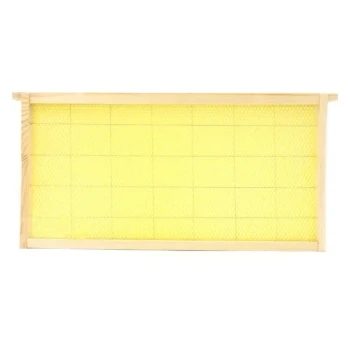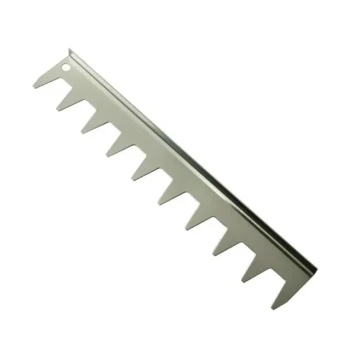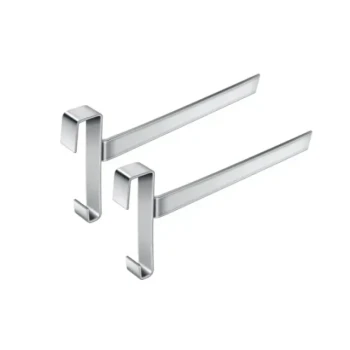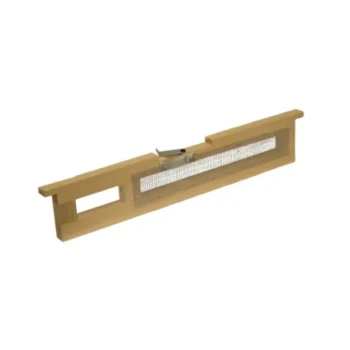To put it simply, bees use Flow Frames in much the same way they use traditional frames. They complete the pre-formed cells with their own wax, fill them with nectar which they convert into honey, and then cap the cells. The bees' natural honey-making process remains almost entirely unchanged.
The core concept is that bees adapt to the plastic structure of Flow Frames as a foundation. Their timeless work of producing and storing honey proceeds as usual; the revolutionary change is not in the bees' behavior, but in the mechanical, non-intrusive method of harvesting that honey.
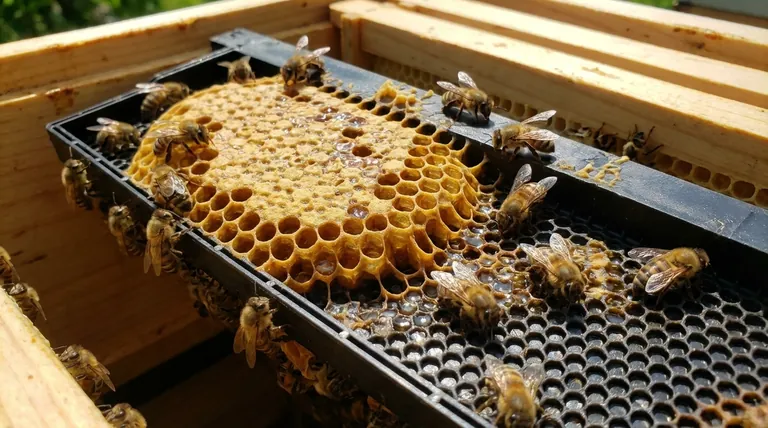
The Bee's Perspective: The Honey-Making Process
For the colony, interacting with a Flow Frame involves a sequence of natural behaviors that are nearly identical to those in a traditional hive.
Completing the Comb
Flow Frames arrive with a matrix of partially formed honeycomb cells. The bees must finish the job by secreting their own wax to complete the cell walls to their desired depth.
This step is crucial for the frame's acceptance and signifies that the bees have integrated the structure into their hive.
Filling and Capping the Cells
Once the comb is complete, the bees' instinctual process takes over. Forager bees deposit nectar into the cells.
House bees then fan the nectar to dehydrate it, converting it into honey. When the honey is at the perfect moisture content, they seal the cell with a fresh wax cap.
The Harvesting Phase: A Fundamentally Different Experience
The true innovation of Flow Frames lies in what happens during the honey harvest, which is designed for minimal disturbance to the colony.
A Gentle Mechanical Action
To harvest, the beekeeper inserts a tool called a Flow Key and turns it. This action vertically splits the cells inside the comb.
This split creates channels that allow the honey to flow downwards via gravity, completely contained within the frame's structure.
Undisturbed on the Surface
During this entire process, the bees remain on the surface of the comb. They are largely unaware that the honey stored deep within the cells is being drained away.
This avoids the stress and disruption of traditional harvesting, which requires opening the hive, removing frames, and brushing off all the bees.
After the Harvest: Resetting and Reusing
Once the harvest is complete, the frame is reset, and the bees quickly get back to work.
Closing the Channels
The beekeeper turns the Flow Key back to its original position, which realigns the cell parts and closes the drainage channels.
The cells are now ready to be repaired and refilled by the colony.
Repair and Refill
The bees will chew away the wax cappings on the now-empty cells, perform minor repairs to the wax structure, and immediately begin the process of filling them with nectar again.
Understanding the Trade-offs
While the system is designed around bee behavior, it's important to recognize the key differences from a purely traditional approach.
The Plastic Foundation
The fundamental structure of a Flow Frame is food-grade plastic. Bees accept and utilize it, but some beekeepers prefer to maintain an all-natural hive environment using only wood and beeswax.
Potential for Slower Adoption
In some instances, colonies may be slower to build upon and accept plastic foundations compared to frames with pure beeswax foundation. This can depend on the colony's strength and the availability of a strong nectar flow.
Use in Honey Supers Only
It is critical to note that Flow Frames are designed exclusively for the honey supers—the boxes where bees store surplus honey. They are not used in the brood box, where the queen lays her eggs and the colony raises new bees.
How to Apply This to Your Beekeeping Goals
- If your primary focus is minimizing hive disturbance: The Flow system allows bees to continue their work with almost no interruption during the honey harvest.
- If your primary focus is an all-natural hive: You will likely prefer traditional wooden frames with pure beeswax foundation, as Flow Frames are fundamentally a plastic-based system.
- If your primary focus is simplicity and ease of harvest: This system removes the need for complex extraction equipment like centrifuges, making it a straightforward way to collect honey.
Ultimately, bees adapt their timeless process of making honey to the structure we provide, whether it's a traditional frame or an advanced Flow Frame.
Summary Table:
| Bee Activity | In a Traditional Frame | In a Flow Frame |
|---|---|---|
| Comb Building | Builds entire comb from foundation | Completes pre-formed plastic cells with wax |
| Honey Production | Fills cells, dehydrates nectar, caps with wax | Identical process: fill, dehydrate, and cap |
| Harvesting | Frames removed; bees brushed off; honey extracted | Cells split mechanically; honey flows out via gravity |
| Bee Disturbance | High stress from hive opening and frame removal | Minimal; bees remain undisturbed on the comb surface |
Ready to experience the ease of Flow Frames?
As a trusted supplier to commercial apiaries and beekeeping equipment distributors, HONESTBEE provides the high-quality, wholesale-focused equipment you need to streamline your operation. Our Flow Frames offer a revolutionary way to harvest honey that saves time, reduces labor, and keeps your colonies calm and productive.
Contact HONESTBEE today to discuss how our beekeeping supplies can benefit your business and simplify your honey harvest.
Visual Guide

Related Products
- Plastic Bee Frame Beekeeping Hive Frames for Wholesale
- Heart-Shaped Comb Honey Frame and Honeycomb Cassette
- Assembled Wooden Bee Frames with Beeswax Foundation Ready to Use by HONESTBEE
- Professional 500g Sectional Comb Honey Frame System for Beekeeping
- Plastic Honey Comb Frames Cassette Box for Honey
People Also Ask
- What are the advantages of plastic frames for beehives? Boost Apiary Efficiency & Durability
- What are the main types of frames available for beehives? Wood vs. Plastic for Your Apiary
- What is a general rule for beekeepers with many hives regarding frame choice? Maximize Efficiency with Plastic Frames
- What is the role of oxalic acid in plants? A Key to Plant Defense and Internal Regulation
- Are plastic bee hive frames good? A Guide to Modern Durability vs. Natural Appeal


